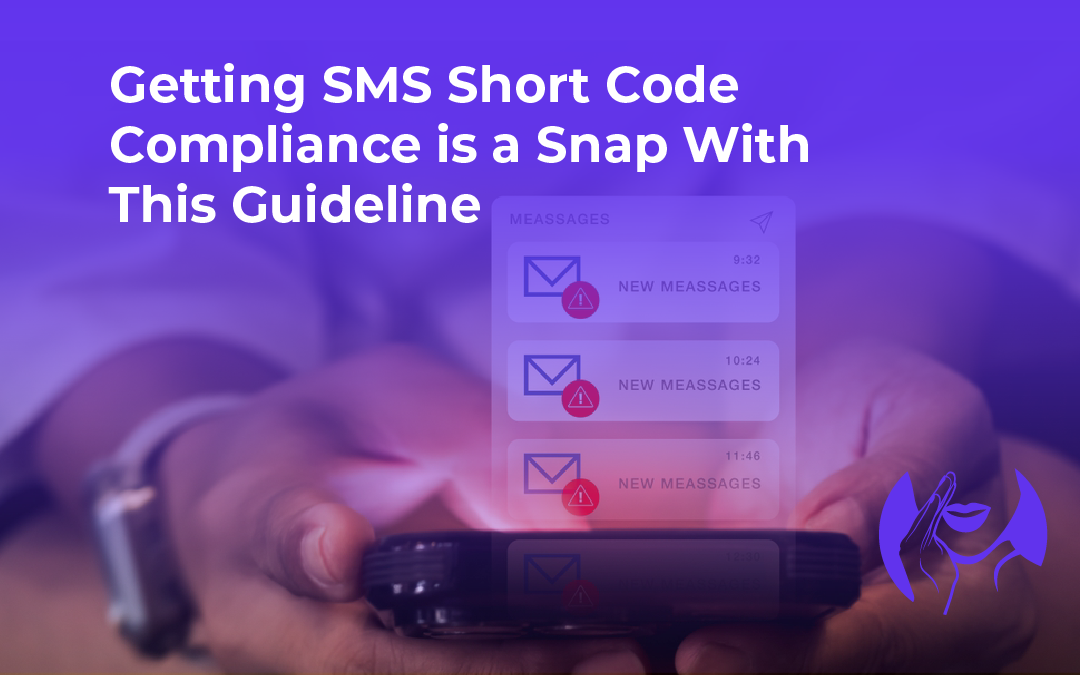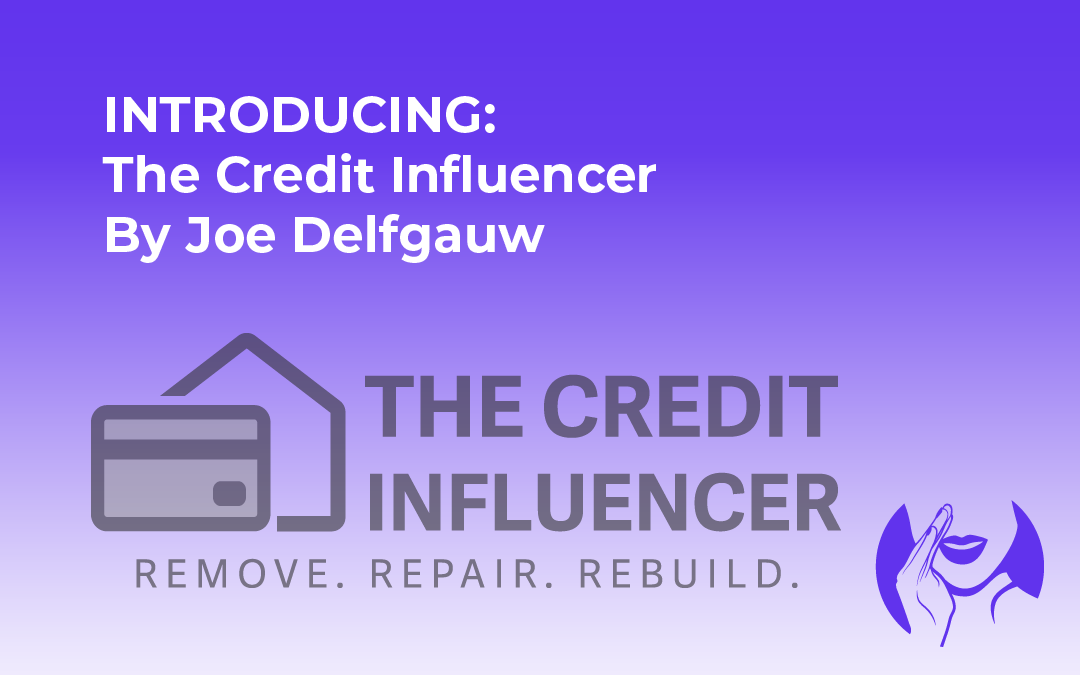As a business owner, you put your all into marketing. What’s the bottom line: are your marketing strategies actually driving results, or just burning budget? Imagine building a business without a solid foundation – that’s what happens when this crucial element is neglected, leaving growth and strategy in limbo. Pinpointing what makes your marketing tick reveals the secrets to reaching your audience – and where to adjust your aim.
Table of Contents:

- How to Measure Marketing Success: A Practical Guide
- 1. Setting Crystal-Clear Goals
- 2. Tracking Those All-Important Leads
- 3. Diving Deep into Website Analytics
- 4. The Power of Social Media Engagement
- 5. Measuring Marketing Success with Conversions
- 6. Customer Feedback: A Goldmine of Insights
- 7. Using Surveys to Go Deeper
- 8. Balancing Costs and Revenue: ROI of It All
- Conclusion
How to Measure Marketing Success: A Practical Guide
For over a decade, I’ve witnessed inbound marketing’s power. Imagine 100,000 monthly website visitors and consistent revenue. This is the potential of a marketing strategy running efficiently because you’ve taken the time to understand what metrics matter.
1. Setting Crystal-Clear Goals
Before measuring success, define your objectives. What lies at the heart of your objective? Increased sales? Improved brand awareness? Higher website traffic? Mapping out clear objectives channels your marketing dollars into tangible results. Step back and evaluate how each marketing campaign enhances – or detracts from – your master marketing strategy.
Marketers won’t get far without concrete numbers to back up their claims, which is why measuring success with content marketing KPIs is so crucial. To really amp up your digital marketing, begin by setting tangible goals and assigned conversion rates – this strategic foundation enables you to perfect your approach, accurately quantify success, and wisely steer your marketing efforts. Clearly defining what you want to achieve through your marketing efforts and knowing exactly what conversion rates you’re shooting for gives you a serious leg up on the competition.
2. Keep tabs on those valuable leads – it’s a critical step in the sales process.
Without a consistent stream of solid leads, businesses risk stagnation – that’s why tracking down and converting leads is an ongoing priority for ambitious entrepreneurs. Pinpoint the origins of your leads to understand where they’re coming from. Has a social media sensation broken the internet? The question on everyone’s mind: did we score a direct hit with our email campaign? This will tell you how your efforts at demand generation are performing.

Google Analytics tracks lead flow. Get to the heart of what makes your business thrive by listening to your customers – their surveys can steer you toward real growth opportunities and connecting with high-quality leads. A marketing strategy’s greatest weakness can be boiled down to a single misstep. Sketching out a vision of achievement By setting clear conversion rates, you’ll be able to see if your demand generation efforts are yielding the quality leads you need.
3. Diving Deep into Website Analytics
Your website should generate free organic search traffic with online buyers. What’s the hangtime for visitors on your site – are they hitting and running, or digging in? You’ll know if your content is hitting home with this indicator.
Do they leave quickly, or explore multiple pages? It’s time to troubleshoot: Imagine if you could break through the invisible barriers that are stifling your online growth. Take control of your digital footprint with our web design and analytics services – the perfect combo for achieving your online goals. In the mix are sales, plus engagement, and of course, that all-important organic search traffic.
4. The Power of Social Media Engagement
Social media isn’t just about likes and shares. Build real relationships with the people who matter most – your target audience. How much are you spending on advertising each month?
Are people clicking through to your website? Downloading your content? Here’s the litmus test: do these actions spark excitement, provoke thought, or fall flat? The depth of your audience’s emotional connection shines through in the answer. Social media buzz can drive serious organic search traffic, especially given the recent surge in online ad spending.
5. Measuring Marketing Success with Conversions
Conversions are what ultimately matter. While followers and likes are positive indicators, they aren’t the ultimate goal. The successful marketing ultimate goal should always be on actual conversion metrics to demonstrate how marketing is generating business value for your organization. Understanding how conversion rate trends compare to average marketing

KPIs, is critical to demonstrating success. What if you could pinpoint exactly how your customers behave? Tap into the detailed view and watch your content marketing strategy morph into a sharp, calculated plan of attack.
Is the fruit of your labor manifesting in actual sales and revenue? if that’s not the case, try analyzing how users behave on your site through analytics. With these marketing metrics, you’ll pinpoint which areas of the customer journey need a turbo boost to increase conversions.
6. Customer Feedback: A Goldmine of Insights
Directly ask customers what they think about your brand. Which channels caught their eye, such as successful marketing emails or specific content performance, can help improve customer retention. The first step in making smart marketing decisions is figuring out which strategies are delivering the biggest bang for your buck.
Customer loyalty and sentiments matter. Get a read on your target audience by digging into your marketing metrics – you’ll uncover what truly grabs their attention. Decode your data to uncover where your marketing dollars will have the greatest influence. The real acid test for our marketing campaigns is customer feedback – it tells us whether our messages are resonating, and where we need to shift gears.
7. Using Surveys to Go Deeper
Metrics like customer lifetime value (CLV) are essential. Build in a feedback loop to capture user thoughts and opinions. To really understand what makes your customers tick, you need to tap into this customer data – it’s like having a direct line to their thoughts.
Now that marketers have this information, they can ditch the shotgun approach and pinpoint exactly where to allocate their budget for maximum ROI. Marketers trying to optimize their budget can learn a lot from lead generation data, which shows them which channels are responsible for the highest customer acquisition costs. Crunch time: Crunch time has arrived – it’s time to pore over the marketing budget and identify where your hard-earned cash is really making an impact.
8. Balancing Costs and Revenue: ROI of It All
Marketing comes down to return on investment (ROI). Consider customer lifetime value (CLV) and how much you are investing in marketing costs. Most marketing specialists on teams focus primarily on lead gen goals. You can forget about stagnant demand; this takes your sales to the next level.
At what cost do you lure in new business and turn it into a devoted following? Leads don’t always convert to sales, however, high-quality leads reduce marketing costs in the long term. Measure the total cost of every marketing effort to prove your roi for marketing investment. How well a campaign performs is closely tied to the revenue it generates.
Conclusion

Measuring marketing success is not about vanity metrics. Imagine having a marketing strategy that consistently pays off – it’s a tangible reality with the right approach.
What if you had the information you needed to level up your business operations? Here’s the intel you need to take control. By seeing a true ROI from your marketing efforts you can scale your impact and achieve sustainable results. Put these techniques to work together and you’ll finally see real success take shape. Having this knowledge in their back pocket, businesses can cleverly allocate their marketing budget to boost returns and drive steady growth. Measure what matters, and you’ll be surprised at how clear your returns become – it all hinges on understanding what success means to you.














